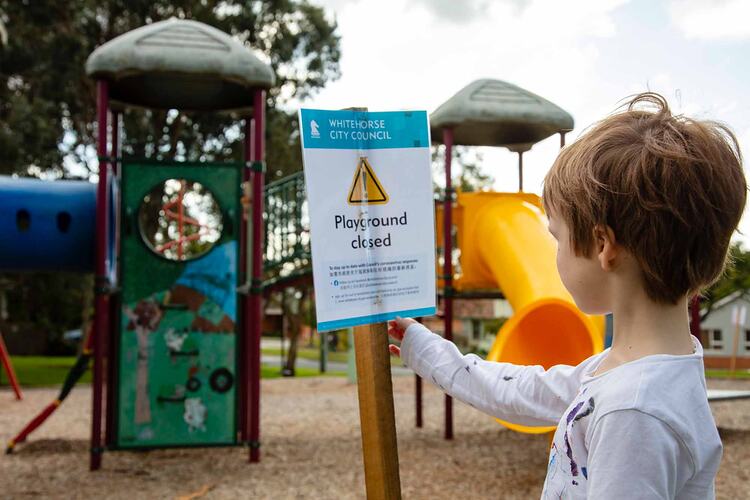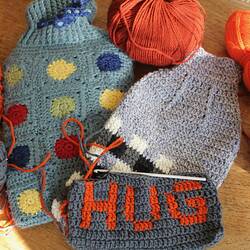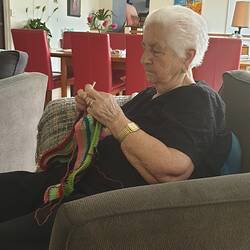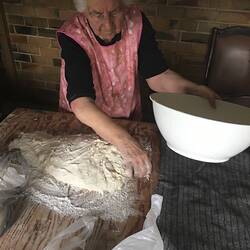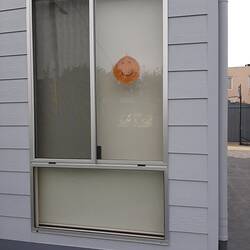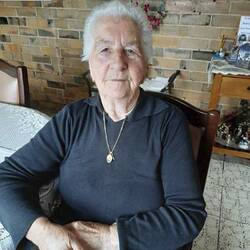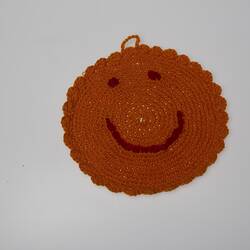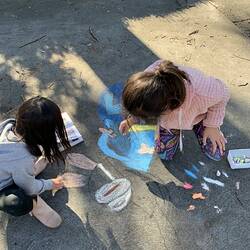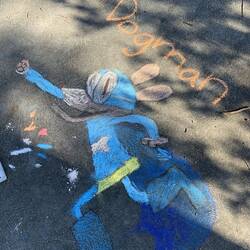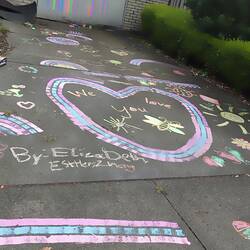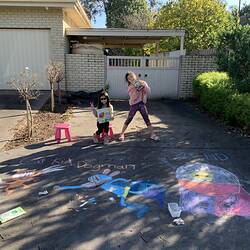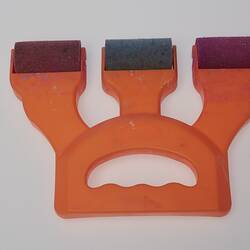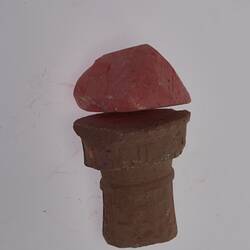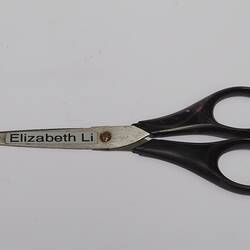The declaration of the State of Emergency, and the implementation of the Stay at Home directive, had an almost instantaneous effect on the lives of Victorians. Suddenly many people found themselves living, working and schooling from home, and their suburb became their world. Like Ramsay Street, people encountered their neighbours, often for the first time, and rediscovered their local community. Notes were stuck in letterboxes offering to do shopping, teddies tied to fence posts for bear hunting and people found ways to have neighbourly drinks and celebrate Easter and ANZAC day together but still socially distant.
However, there were still people who were unable, or unwilling, to follow these new rules. Essential works, and those unable to work from home, had to go out every day and face the invisible foe. From medical staff, such as nurses and doctors, to first responders, such as police and paramedics, to supermarket staff, public transport workers and cleaners, their work kept the rest of us secure and safe. At the other end of the spectrum where those that thumbed their noses at the new order, holding parties, going on picnics and flocking to the beach, putting themselves and others at risk. Many were publically shamed or, if caught by police, issued with large fines, indicative of the importance given to the rules by the majority.
While our bodies was more confined than most of us were used to, the mind was free to wander and become more imaginative and inventive. Artists, writers, designers and musicians found new inspirations to create and then discovered different ways to share these works virtually, often to a bigger audience than they were used to. Amateurs were not left out of this creative renaissance, producing craft projects, works of art, poetry and prose, and an array of videos of comedy routines and inventive dance moves, which they shared with the world to amuse, to distract and to inspire.
More Information
-
Keywords
-
Authors
-
Article types
